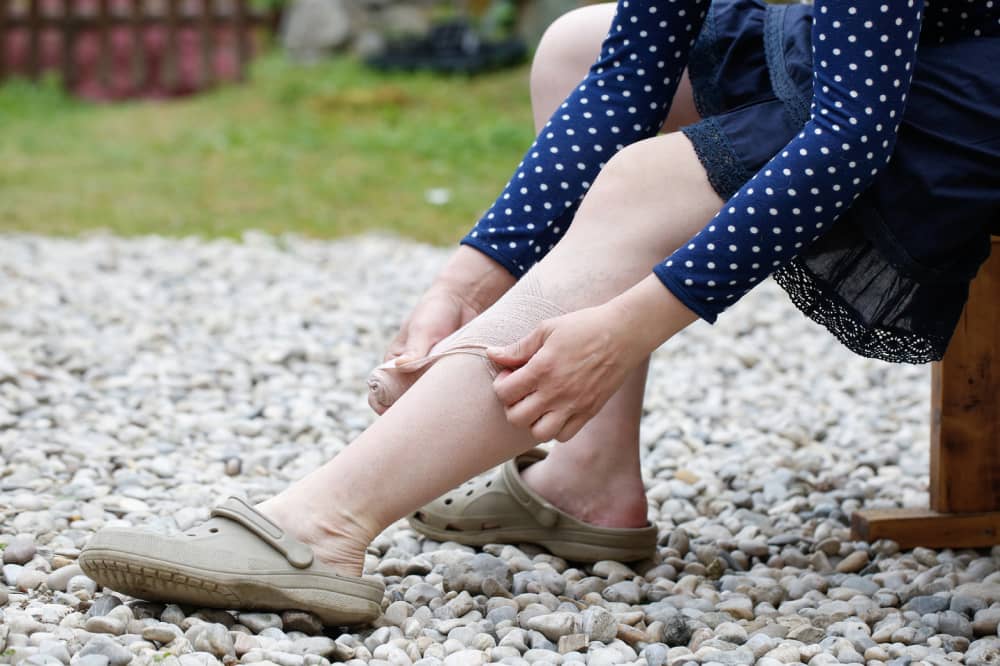
Varicose veins – Causes, symptoms, and management
Varicose veins can develop due to excessive pressure on the legs or abdomen. Approximately 23% of the country’s adults experience issues related to this condition. These veins are typically present in a blue or purple hue and may appear lumpy, bulging, or twisted. Notably, women are more susceptible to varicose veins than men. Given their prevalence, it is noteworthy that one out of every three adults may develop this condition at some point.
Overview
Varicose veins are characterized by the swelling of blood vessels, visible just beneath the skin’s surface in the lower body. The condition arises when vein walls weaken and the valves fail to function correctly, resulting in a backup of blood within the vessels. While several treatment options are available, it’s essential to note that varicose veins can recur. Despite the potential for discomfort and disfigurement, they are generally considered harmless.
Possible causes
Varicose veins can arise due to weakened or damaged valves and vein walls, leading to the pooling and backward flow of blood, a condition known as reflux. These may develop when there is an increase in blood pressure within the veins. Several potential causes can contribute to the formation of varicose veins, including:
- Pregnancy
- Constipation
- Tumour
- Overweight
- Obesity
- Age over 50
- Family History
Symptoms
When varicose veins are not accompanied by pain, the visible signs may display as twisted and bulging veins in shades of purple or blue. However, in painful cases, individuals may experience symptoms like:
- Bulging, bluish veins
- Leg swelling
- Aching pain in the legs
- Heaviness in legs and feet
- Itching around the vein or veins
- Changes in skin color around the vein or veins
- Nighttime leg cramps
Treatment options
To diagnose varicose veins, you can be asked for a physical exam and inquired about symptoms, family history, activity levels, and lifestyle. Doctors may use imaging tests like ultrasound or X-ray to assess vein health. Treatment suggestions depend on the severity of symptoms, and a combination of therapies or none may be advised.
Lifestyle change
Lifestyle changes can significantly contribute to long-term relaxation and protection against varicose veins. Avoiding prolonged periods of standing or sitting, maintaining a healthy weight, and regular exercise are among the most effective practices for preventing such issues.
Compression therapy
This utilizes elastic stockings or bandages to gently pressure the legs, preventing swelling. It can relieve pain and heaviness in the legs, particularly for individuals who spend long hours sitting or standing.
Surgery
Your doctor may ligate or strip for more prominent, deeper veins. This option is reserved for those ineligible for endovenous ablation or sclerotherapy due to potentially more pain and longer recovery time.
Outlook
Varicose veins may not initially cause pain but can worsen over time. These leg issues result from weak veins, often leading to confusion with spider veins, which share similarities. Varicose veins develop in the legs. On the other hand, spider veins are smaller, red, purple, and blue vessels that can appear on the legs, chest, or face. Natural remedies like maintaining a healthy weight and regular exercise can help improve varicose veins. However, severe cases require immediate treatment, and it’s advisable to consult a doctor for appropriate care.




